Wood is a natural material – and that’s part of its magic. Over time, its appearance changes, especially when exposed to the elements. Thermory’s thermally modified wood is no exception: with time, it naturally develops a silver-grey patina. Thanks to the durability and dimensional stability achieved through thermal modification, Thermory’s products don’t require treatment to perform. Still, understanding how climate and design choices affect colour evolution can help you make the most of your wooden decking and cladding – both aesthetically and functionally.
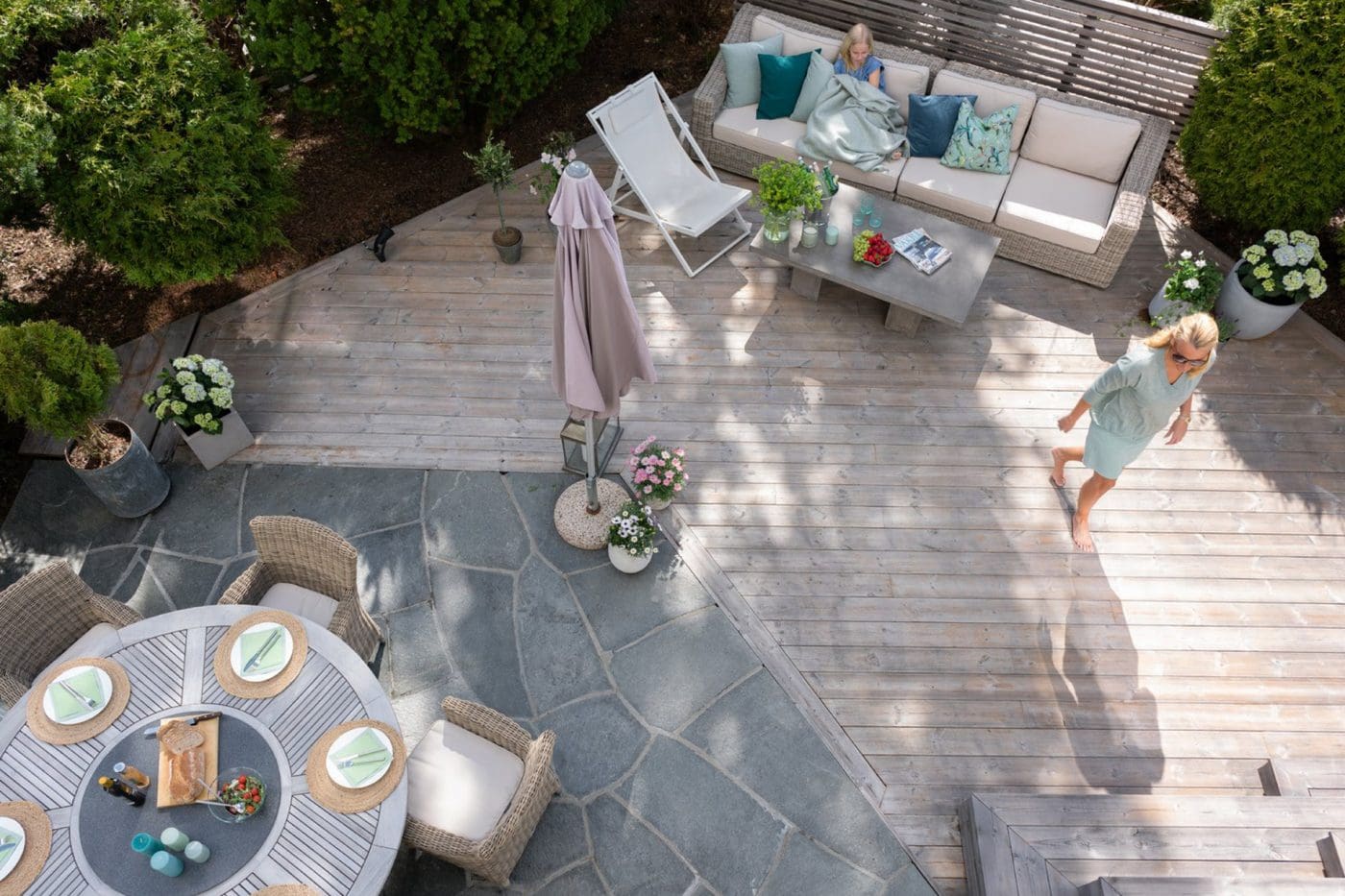
Let’s take a closer look at how and why wood colour changes, the environmental and architectural factors that influence the natural weathering process, and the different approaches you can take to either slow down or accelerate this natural transformation.
Spoiler alert: Whether you’re drawn to the natural silver-grey patina, want to preserve the original brown tone, or prefer to add colour – with the right approach, all options are entirely within reach.
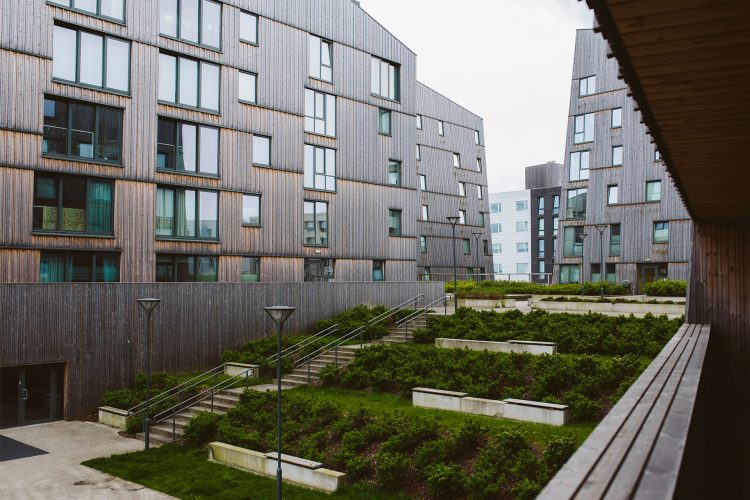
The rate and evenness of colour change vary significantly depending on how sunlight and moisture interact in a given environment. In climates where sun and rain occur in a well-balanced ratio, wood tends to weather consistently and beautifully. Dry but sunny areas with good airflow also support fairly even greying. In contrast, shaded and humid locations with little direct sunlight may result in uneven or patchy silvering.
In the last named conditions, limited airflow and constant moisture can encourage organic buildup – such as dirt, mould, or moss – which may darken the surface and interfere with the natural weathering process. While this doesn’t affect the structural integrity of Thermory’s thermally modified wood, it can alter the appearance over time. To help maintain a clean and even look, we recommend gently cleaning the wood surface at least once a year, especially in areas prone to high humidity or shade.
Check out our maintenance guide for tips and techniques for cladding and decking.
These effects are usually most noticeable during the early stages of weathering. Over time, the differences tend to soften and in many cases, they become part of the wood’s natural, character-rich aesthetic. However, design elements with poor drainage that trap water or allow moisture to linger should be avoided, as they can lead to organic buildup such as dirt, algae or moss.
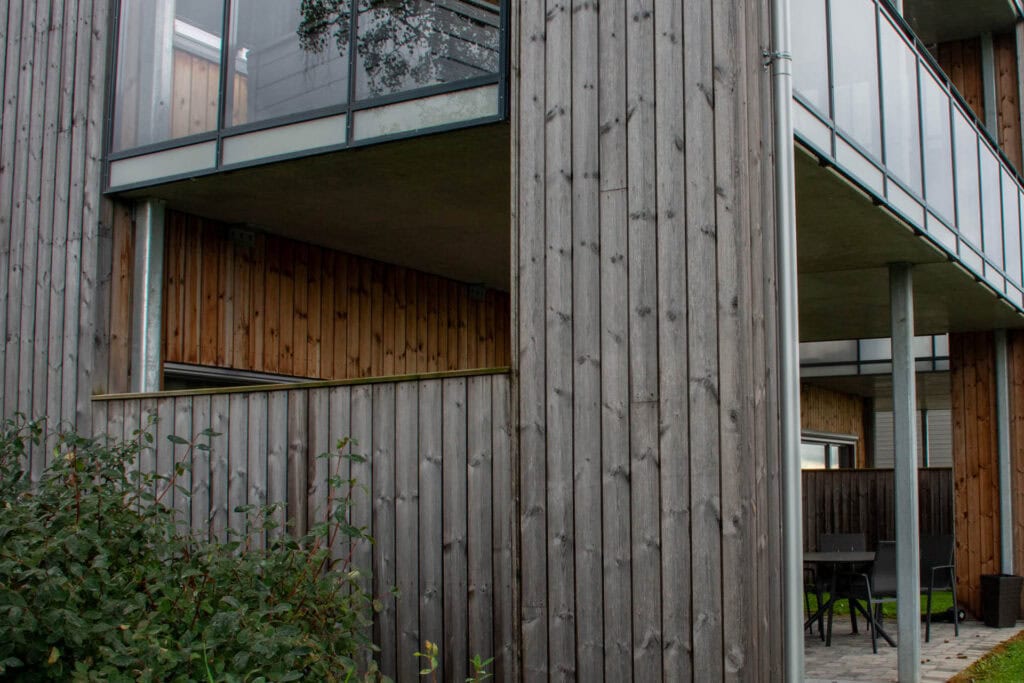
Overhangs, eaves, and covered terraces can block both sun and rain, keeping surfaces drier and less exposed to UV. These areas tend to grey more slowly, often creating visible contrast with surrounding wood.
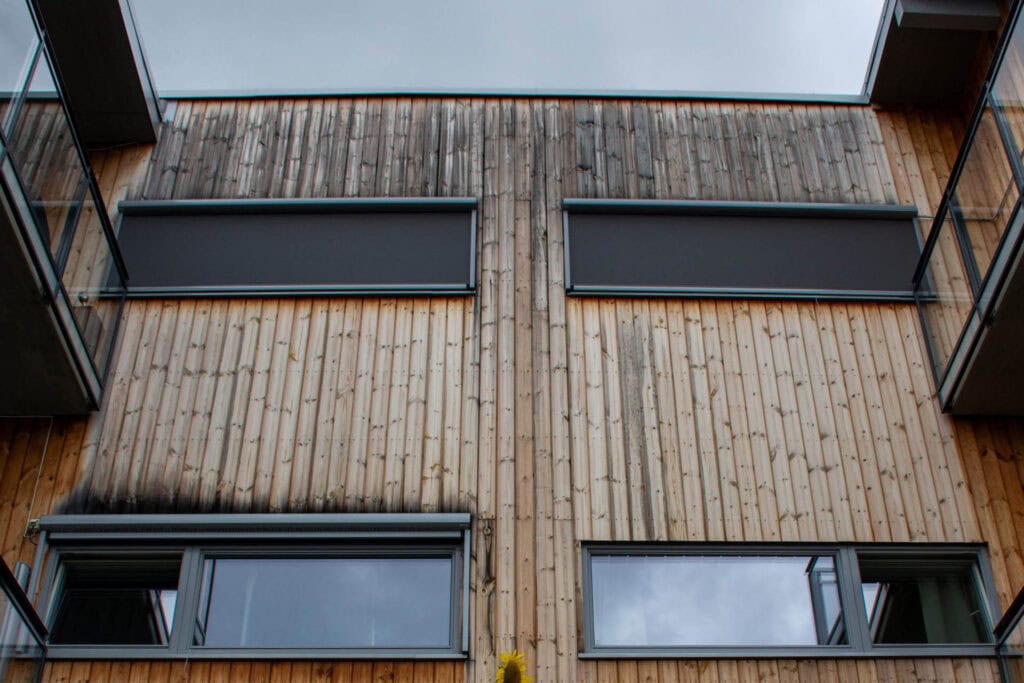
Window sills, water locks, and horizontal trim details can redirect or trap moisture. Poorly angled sills may cause water to splash back onto the cladding, while design elements that lead to constant dampness can promote organic buildup or surface staining, which may interfere with the even development of the natural silver-grey patina.
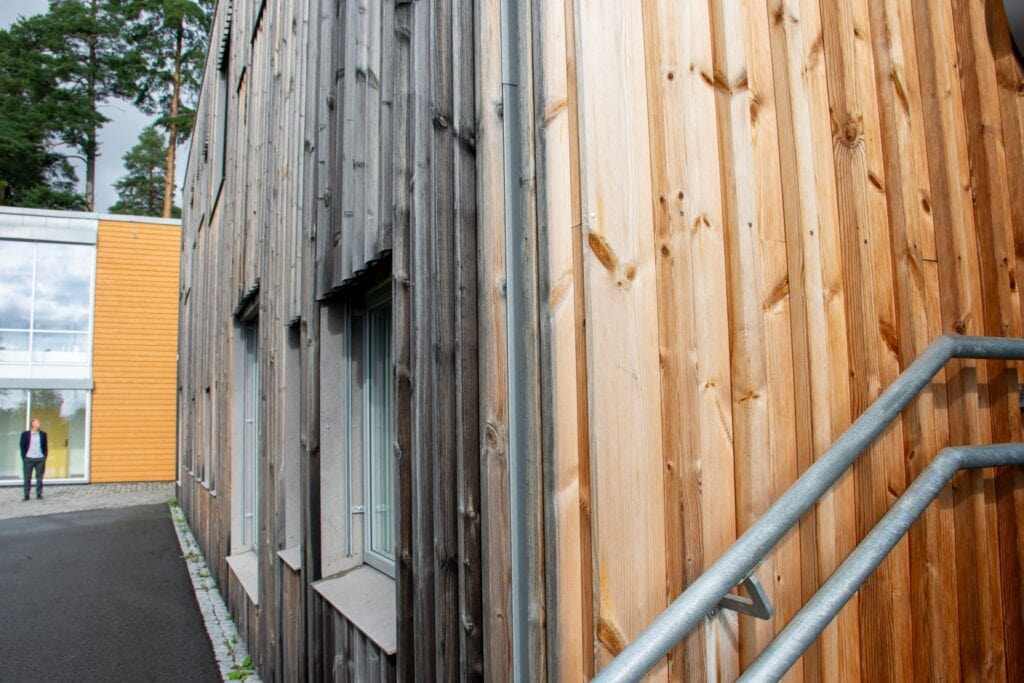
Facade orientation and shape also matter. West- and south-facing walls typically grey faster due to higher sun exposure. Angled or curved surfaces may catch light unevenly throughout the day, leading to subtle tone variations across the facade.
It’s also worth noting that each wood species weathers a little differently. The rate and tone of greying can vary depending on how the material reacts to UV exposure and the elements. For example, Thermory thermo-ash, -pine, -spruce and -radiata pine all develop a silver patina over time, but each follows its own timeline – and with subtle differences in hue and depth.
These variations are part of the beauty of real wood. When planning your project, it’s helpful to understand how your chosen species is likely to evolve so that you can match your aesthetic expectations with the natural behaviour of the material.
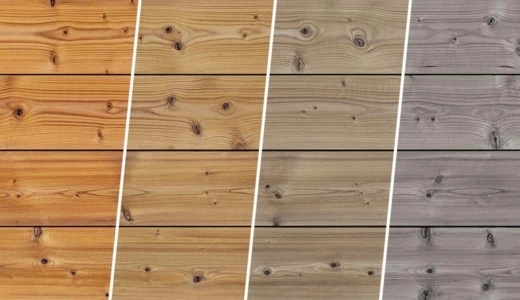
Thermo-spruce
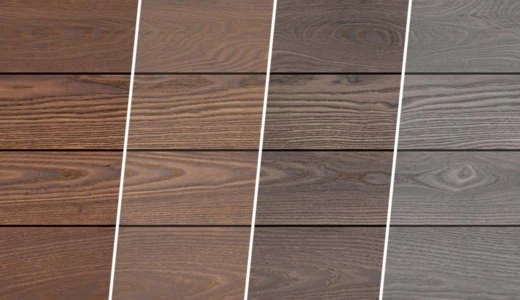
Thermo-ash
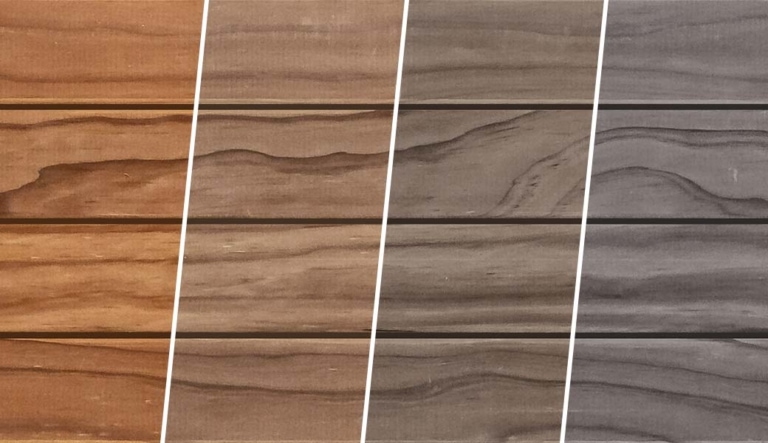
Thermo-radiata pine
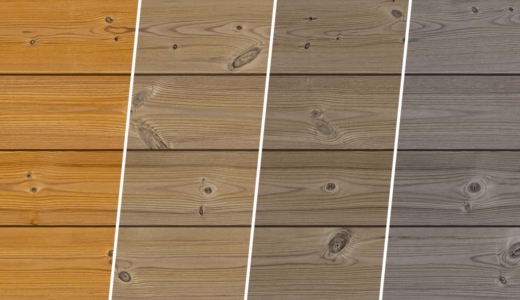
Thermo-pine
Maybe you live in a demanding climate. Maybe you want to preserve the original look. Maybe you’d like to be more creative with colour – or simply prefer to stay in control of the final result. Whatever the reason, you don’t always have to wait for nature to do its thing.
With Thermory’s Vivid Collection, you can choose finishes that offer a pre-weathered look, protect the original tone, or add colour with confidence – all while keeping the benefits of thermally modified wood.
Wood is a natural material – and that’s exactly what makes it so special. It responds to its surroundings, changes with time, and adds a sense of warmth and authenticity to any design. Its evolving colour is part of its charm, telling a story that’s shaped by light, weather, and life itself. Whether you choose to embrace these natural changes or take steps to guide the process, there’s no wrong approach – just the one that best fits your vision.
Read more: Grey wood cladding – an aesthetic look with low maintenance
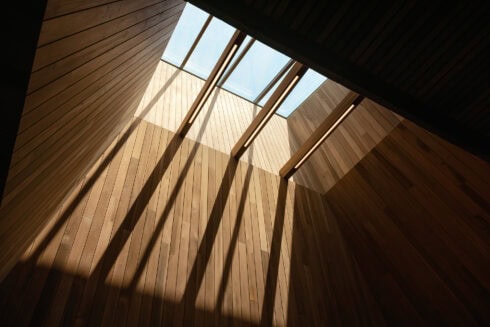
The Thermory Design Awards 2025 once again shine a spotlight on the most inspiring uses of thermally modified wood in architecture and design. This year’s...
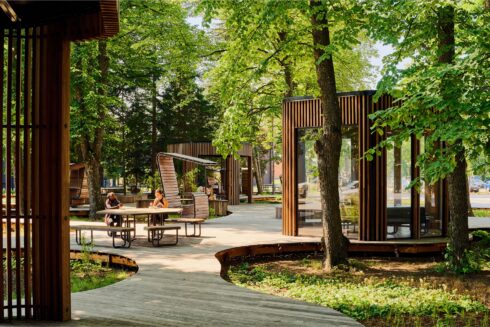
When it comes to decking, there are many options from natural wood to plastics and everything in between. It’s no secret that we at Thermory prefer...
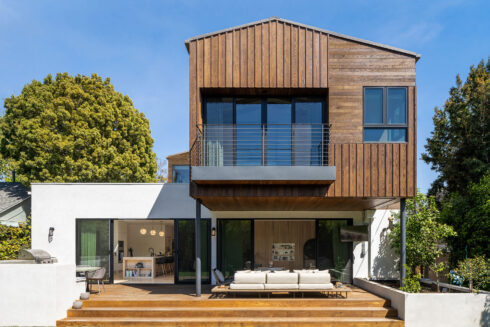
Yes — and you absolutely should. Mixing cladding...
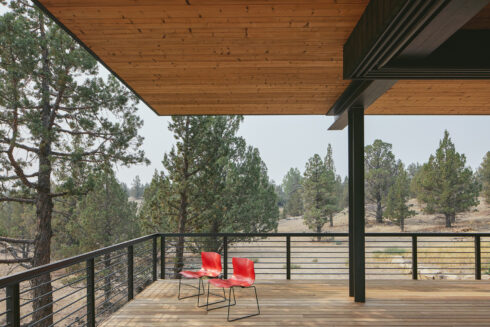
When designing...
...
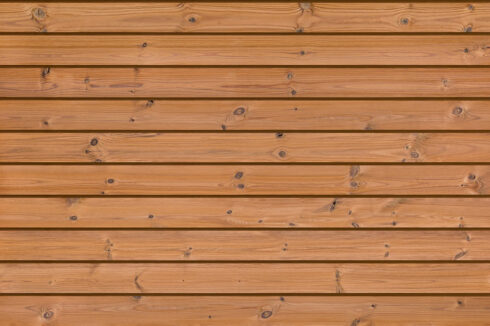
Shiplap cladding...
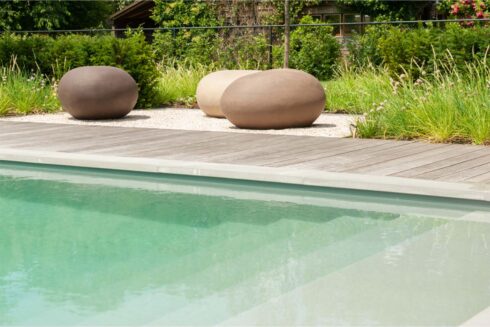
Looking to create a poolside space that’s as durable as it is beautiful? Thermo-ash decking is the perfect choice for stylish, low-maintenance outdoor...
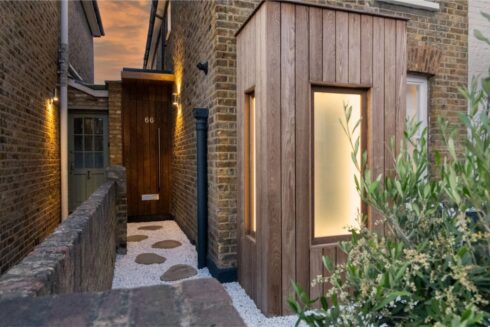
The most...
Rooftop spaces...
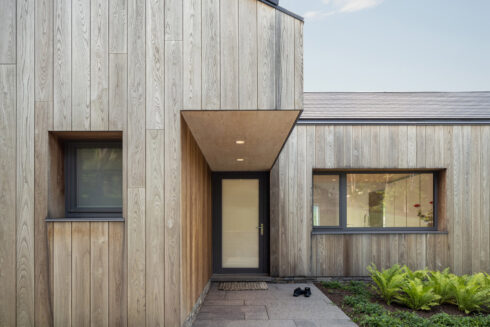
Contemporary...
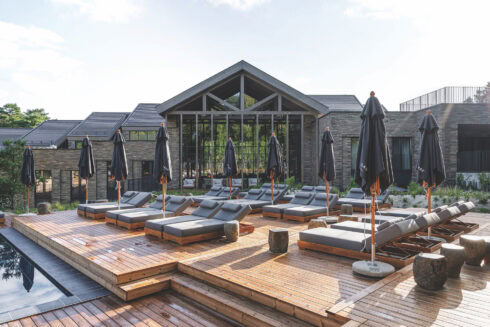
Wood decking adds...
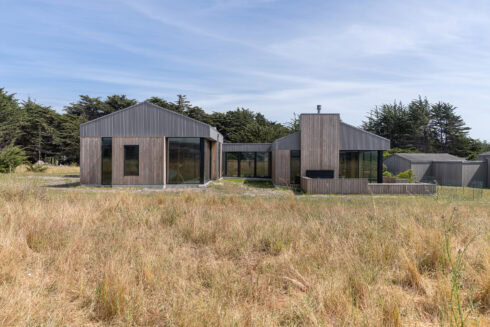
While a wood species’ natural properties play an important role in determining the timber cladding’s durability, they’re only part of the...
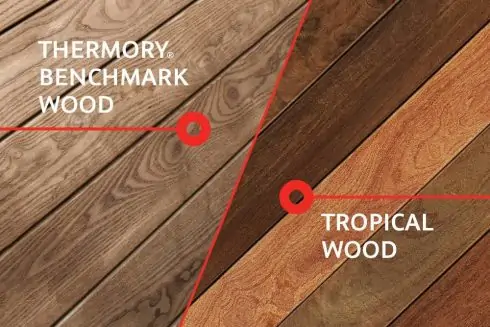
As the construction and design industries evolve, so does the demand for sustainable, high-performance building materials. For over 25 years, Thermory has...
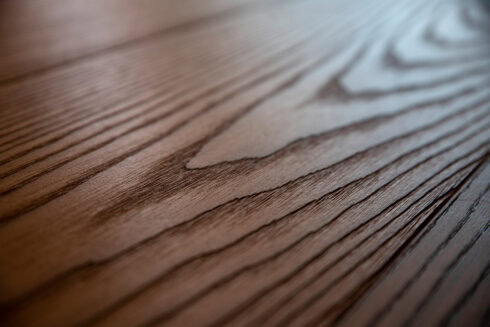
Picture a wood that balances elegance, durability and versatility – a natural material that not only meets your demands but also exceeds your...
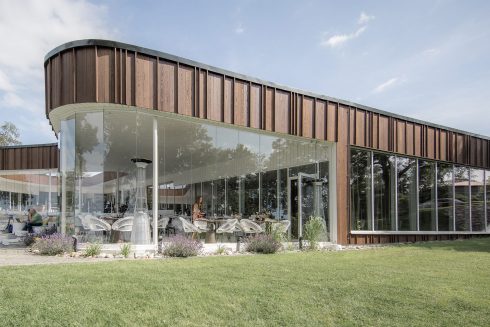
Combining different wood species, finishes and profiles brings variety to any interior or exterior design, delivering a tantalizing injection of texture and...
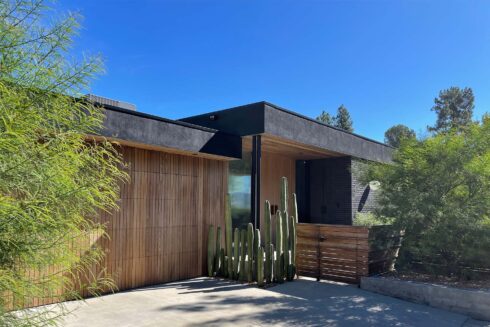
We were curious about the architecture trends and the popularity of timber in Australia, so we asked our down under partner, McCormacks Australia, to tell...
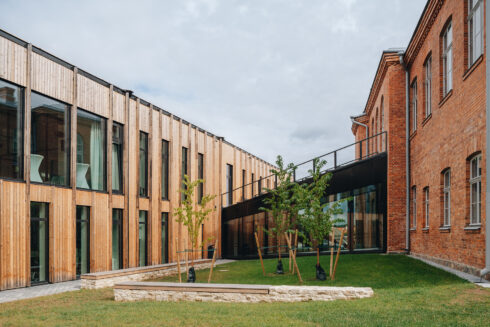
With the EU, US and many other countries aiming to achieve carbon neutrality by 2050, sustainability is not just a construction trend anymore, but it’s...
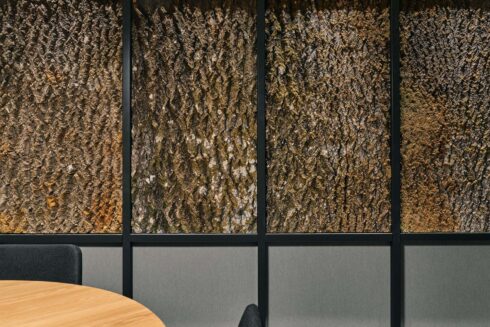
In the quest to shift our world towards more sustainable practices and circular processes, designers are increasingly turning their attention to...
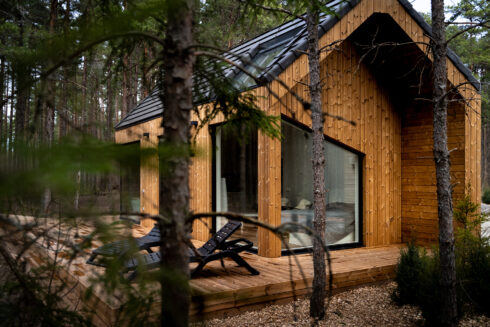
Sometimes, the best place to unwind and get away from it all is a secluded forest cabin in breathtaking surroundings. Find inspiration for your next...
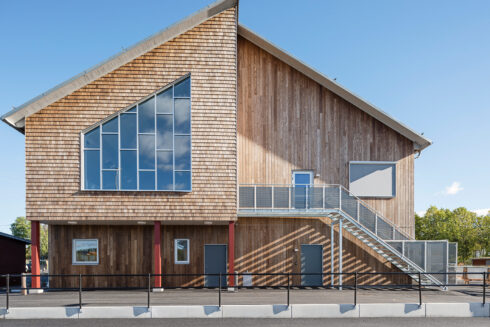
When it comes to designing and constructing educational spaces, choosing the right materials is crucial. There has been a growing trend towards...
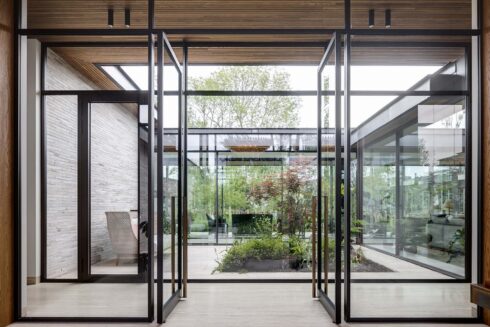
As architects and landscape designers, creating indoor outdoor living spaces that are sustainable and eco-friendly is more important than ever. With a...
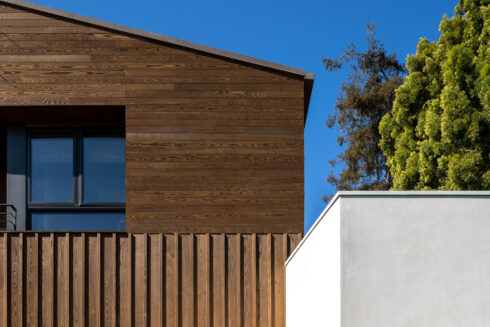
Wood is a highly valuable material and although it grows abundantly, we must treat this natural resource with respect and create value from even the smaller...
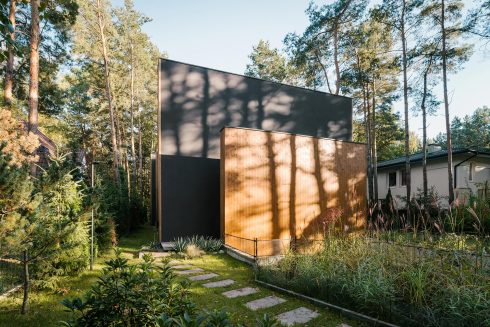
From intimate spaces like our homes to public urban areas, the environment surrounding us has a big effect on our well-being. Recent turbulent years have...
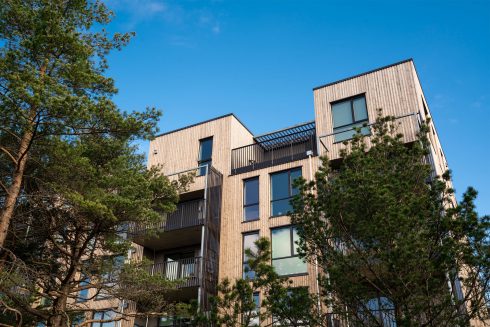
Finding the best solution to clad buildings is important for several reasons – as well as defining the look and feel of your design, it also has a major...
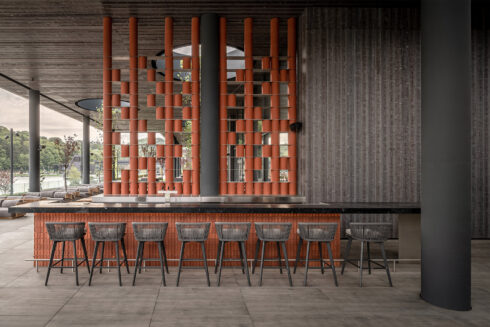
Thermory Design Awards is part of Thermory 25 celebrations for acknowledging and rewarding our...
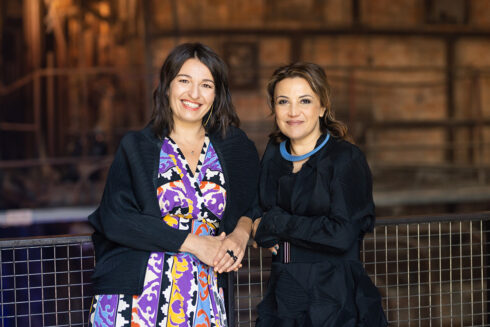
Curators of Tallinn Architecture Biennale 2022 exhibition “Edible ; Or, The Architecture of Metabolism”, Lydia Kallipoliti & Areti...
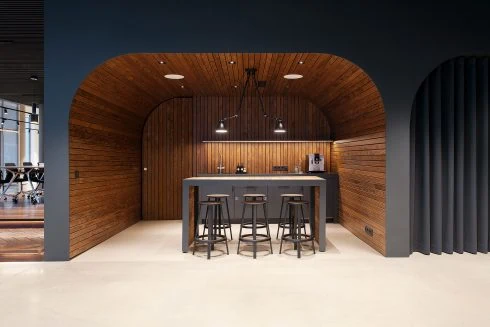
The aim of biophilic design is to create buildings and spaces that enable harmonious, naturally enjoyable experiences for their users by promoting the...
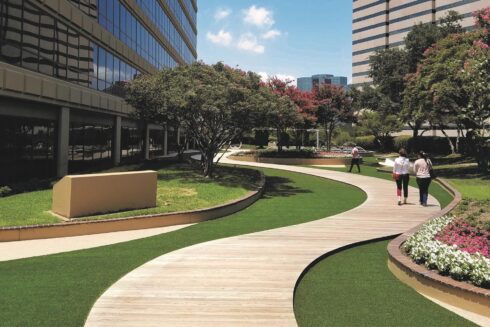
The purpose of biophilic design is to create spaces that deliver benefits for both human health and the environment by nurturing people’s innate affinity...
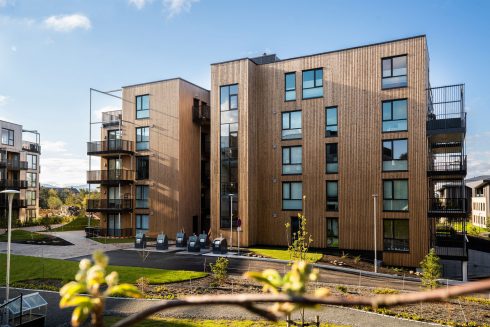
Natural wood can be used in many different ways. The beauty and versatility make wood unequalled building material. As both an interior and exterior design...
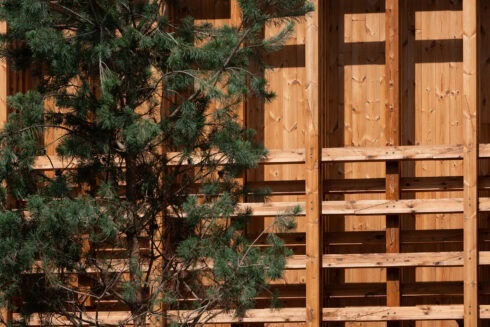
When it comes to...
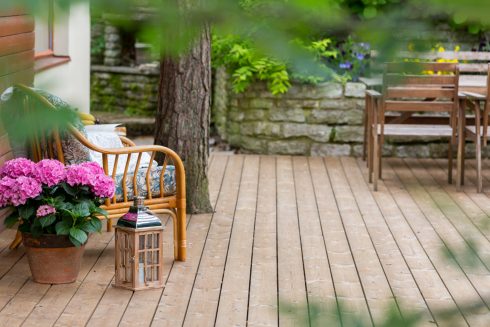
Home is where the heart is – a place where the whole family can feel safe and warm. The building materials you choose should enhance this feeling and...
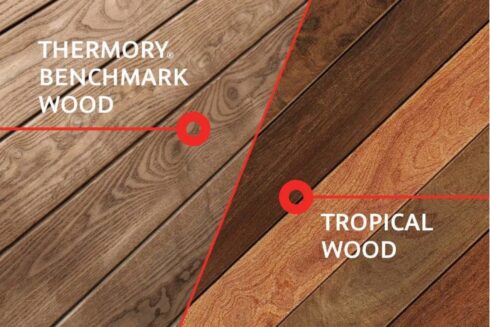
For decades, tropical hardwoods have been prized for their density, durability, and rich appearance. But their popularity comes at a high cost. Many of...
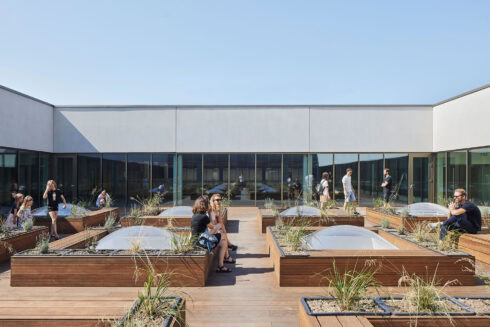
...
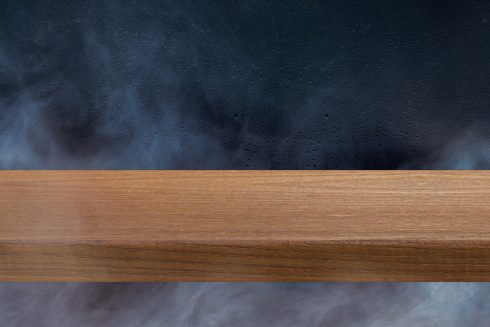
Thermally modified wood, often referred to as thermowood, is real wood enhanced using only heat and steam to improve its durability, dimensional stability,...
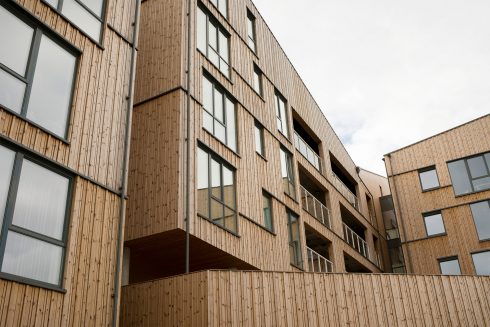
Thermally modified wood offers a unique combination of beauty, durability, and versatility. If you’re searching for fresh exterior cladding ideas,...
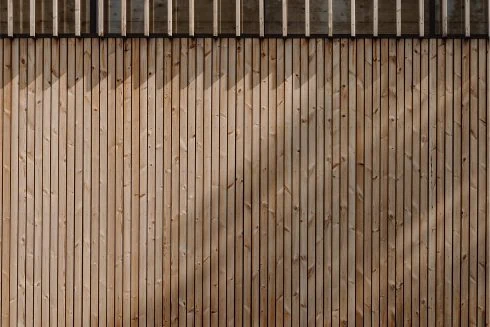
With rising concerns about climate change, the world community’s responsibility to reduce our carbon footprint rests with each and every individual and...
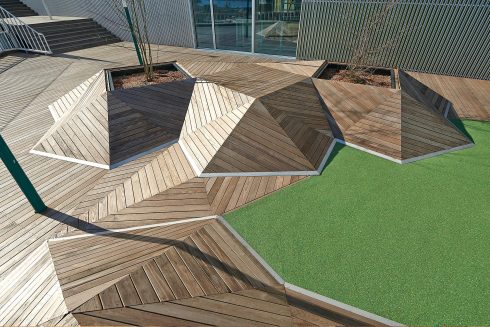
You’ve selected the perfect decking for your outdoor space – now you just need to decide how best to secure it in its chosen location. There are two...
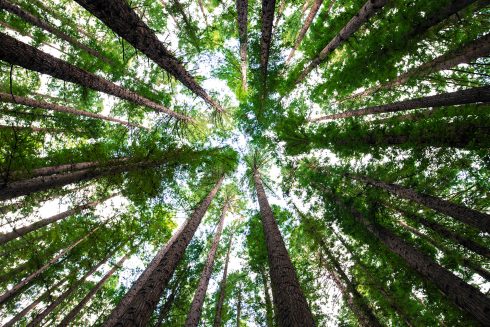
Great design is more than just aesthetics—it’s about how a space makes you feel. Increasingly, research confirms what many have intuitively known: wood...
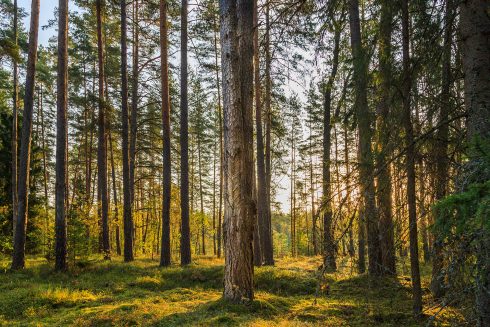
Ensuring the highest quality with the smallest possible ecological footprint and responsible use of resources are all principles that we consider important...

Throughout the history of architecture, surely no other material has been as influential as wood. It’s rare to see a building that’s been produced...
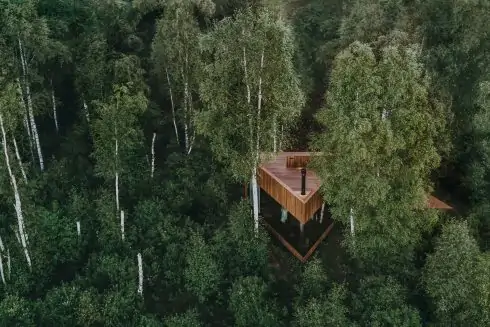
A trend is taking root in the worlds of architecture and interior design based on using natural materials and living plants to better...
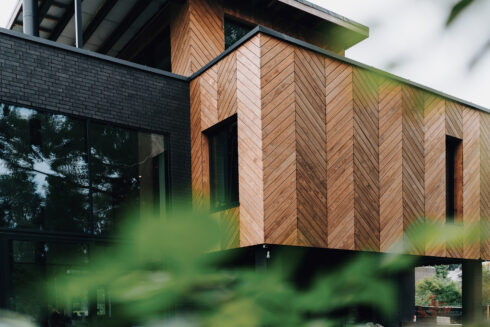
If you’re considering which wood types to use for a renovation or construction project, there are several considerations that may influence your decision...
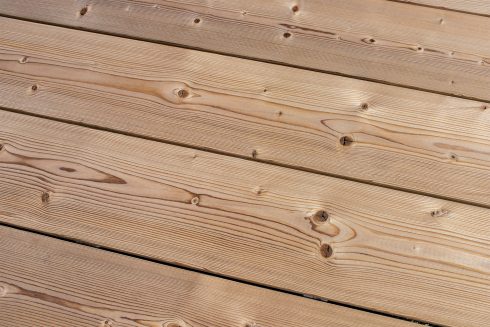
The wood-paneled interiors so common to mid-century homes have become sought after again, as many seek the warm, cozy feeling that the natural material...
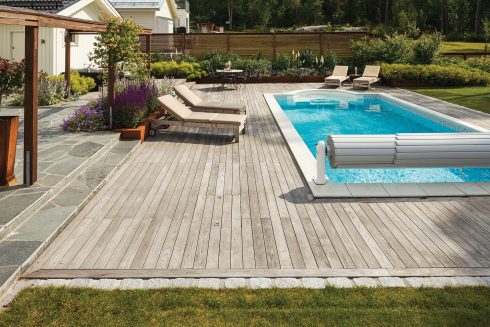
The warmth of springtime is fast approaching, and our thoughts are naturally turning towards spending more time outside. If you have a wooden terrace or...
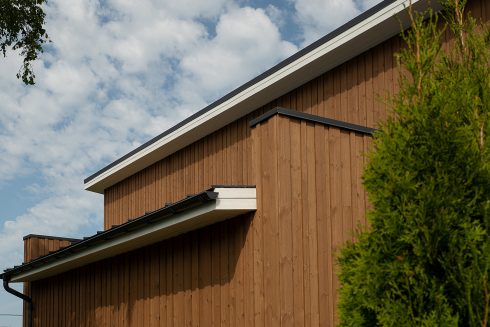
To ensure that your Thermory cladding retains its natural warm and authentic character, it’s important to apply the correct maintenance techniques. The...
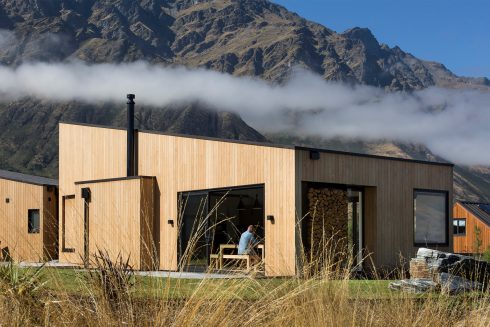
No matter where you live when you’re choosing a decking or cladding material, you’ll have to be mindful of how that material will change over time...
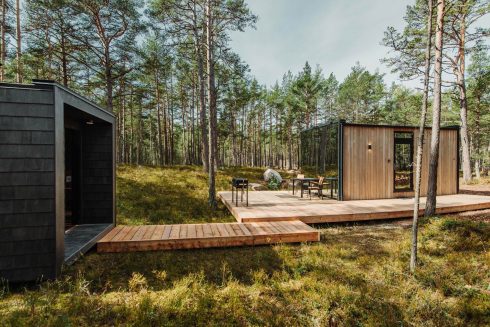
The tiny house movement has gained more momentum in the last decade, but why? It is based on tiny living: owning less so that what you own doesn’t own...

In 2022, the global megatrend of sustainable architecture and building practices will continue. Architecture trends influence the choice of materials both...

THERMORY BENCHMARK THERMO-ASH
ESTONIA
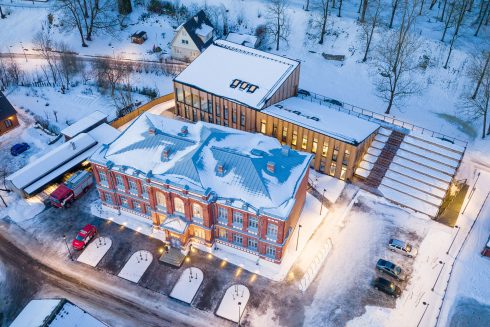
BENCHMARK THERMO-PINE CLADDING C4 20x115 / 26x 115, DECKING D4 26x115
ESTONIA
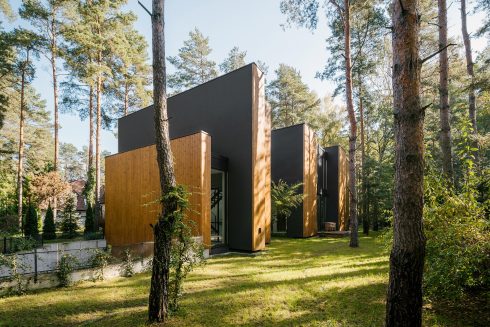
BENCHMARK THERMO-PINE
POLAND
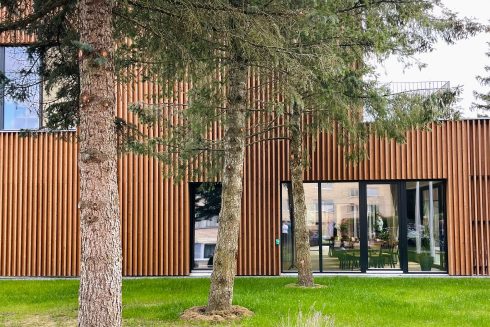
BENCHMARK THERMO-PINE
LITHUANIA

THERMORY THERMO-PINE MIX & MATCH CLADDING
NORWAY
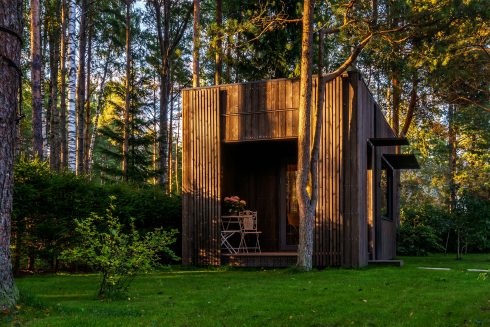
THERMORY BENCHMARK THERMO-SPRUCE BRUSHED CLADDING, THERMO-ASH DECKING AND FLOORING
ESTONIA
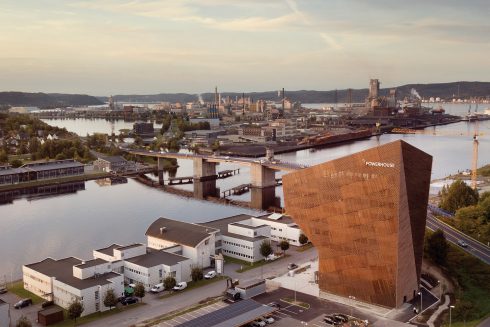
THERMORY BENCHMARK THERMO-PINE CLADDING C4
NORWAY
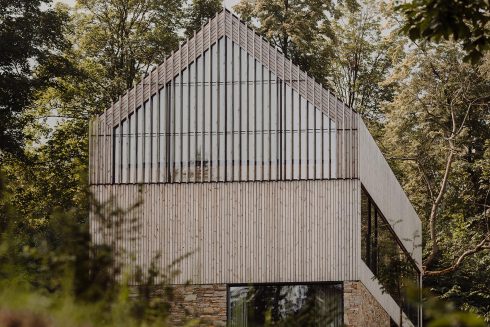
THERMORY BENCHMARK THERMO-PINE CLADDING AND ROOFING
POLAND
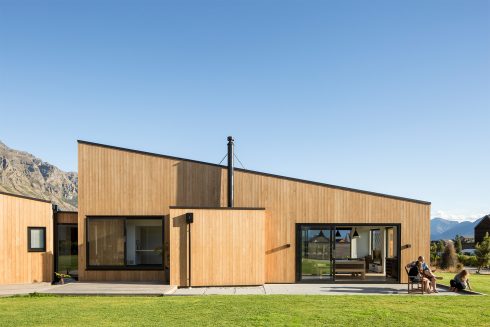
THERMORY BENCHMARK THERMO-RADIATA PINE CLADDING C3
NEW ZEALAND
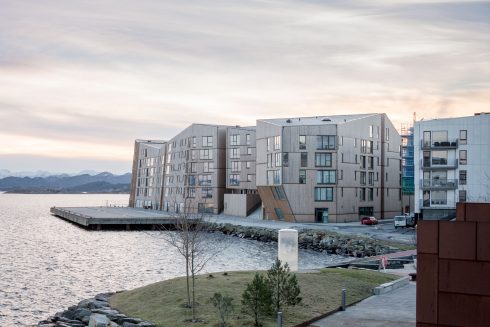
THERMORY BENCHMARK THERMO-PINE CLADDING C3 20X115 MM, ROOFING C10 20X140 MM AND DECKING D4 SG 26X140
NORWAY
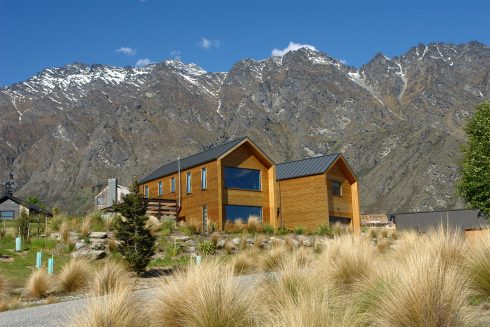
THERMORY BENCHMARK THERMO-PINE CLADDING C8 26X140 MM
NEW ZEALAND
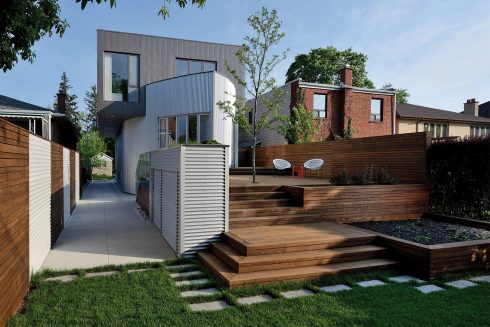
THERMORY BENCHMARK THERMO-ASH DECKING D31
CANADA

THERMORY BENCHMARK THERMO-ASH CLADDING C5 20X72/140/190MM, BRUSHED AND THERMO-ASH MEDIUM FLOORING F5 18X245
ESTONIA